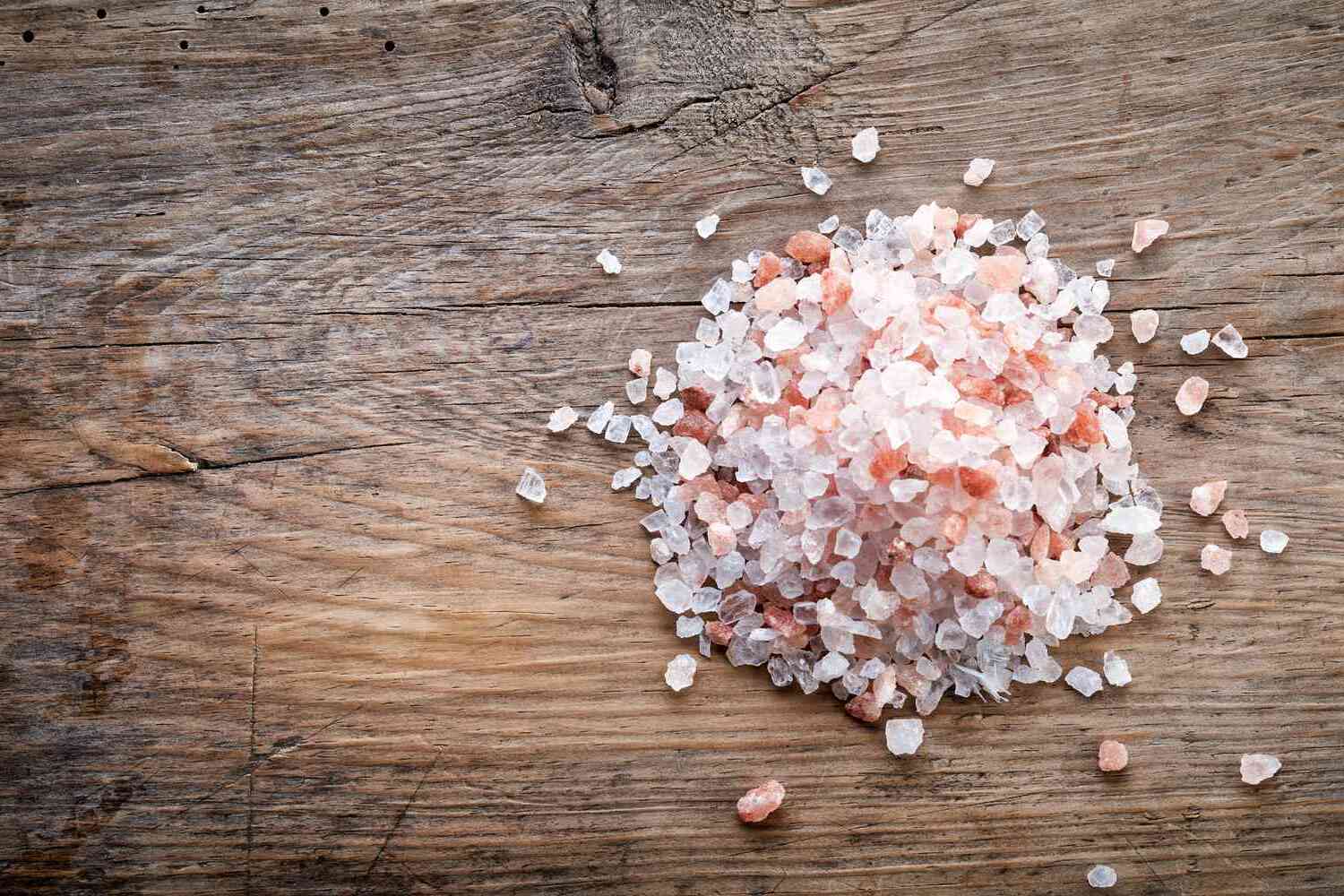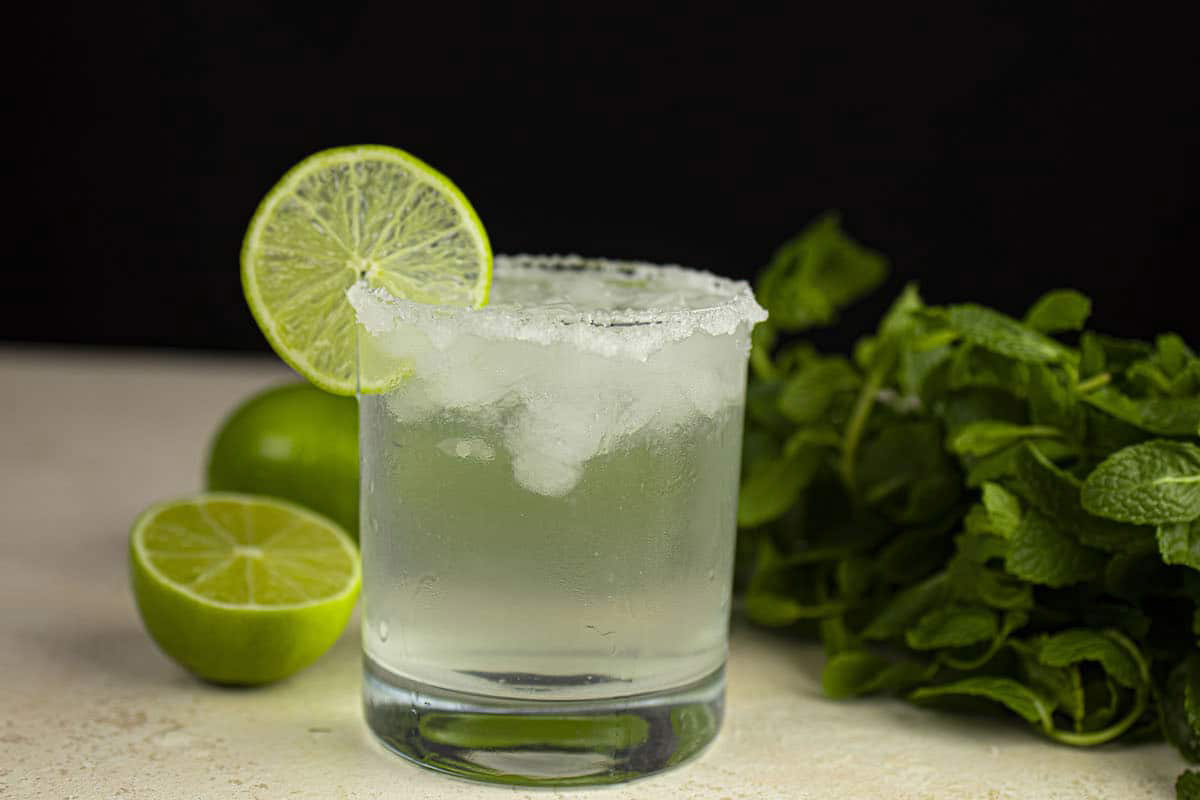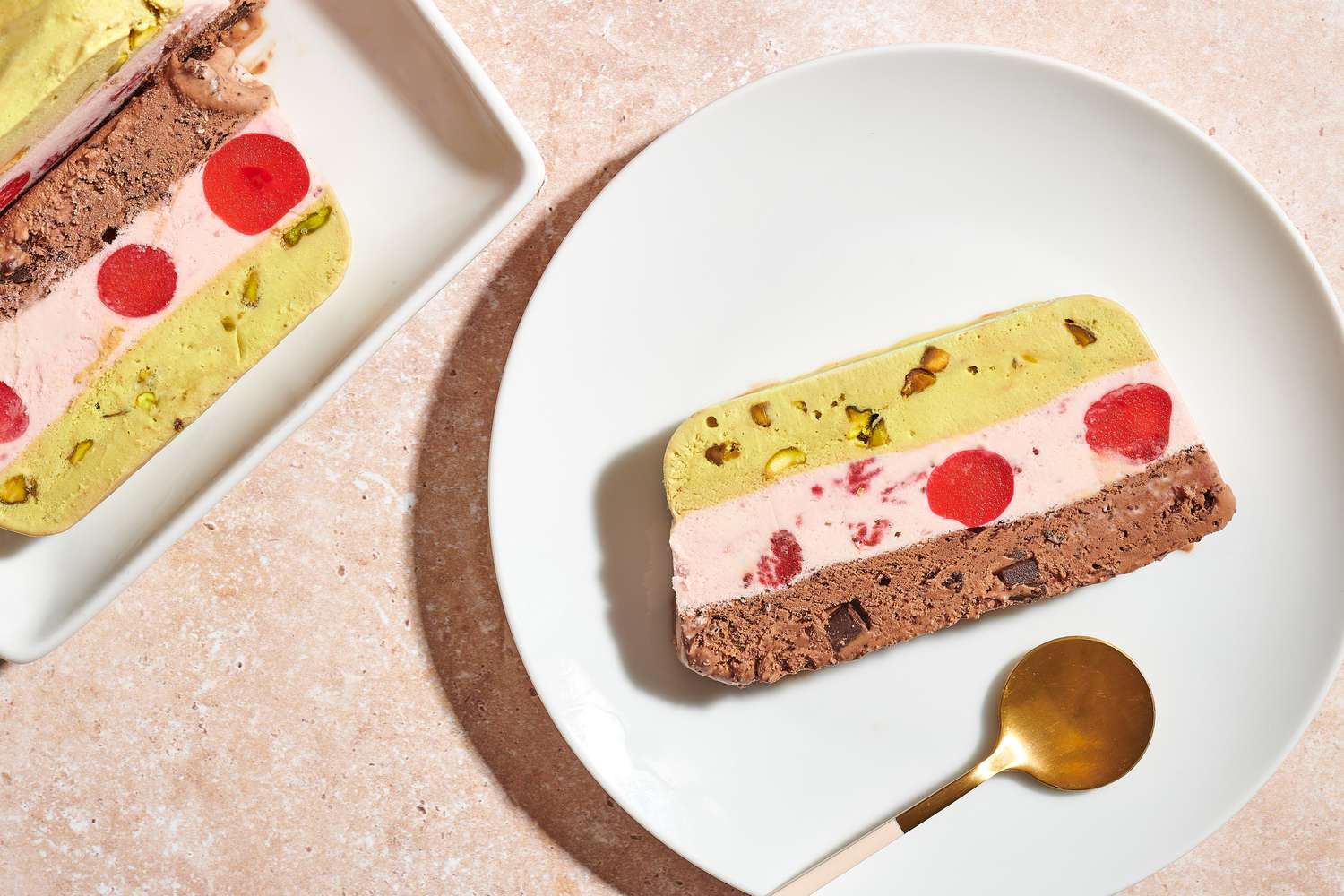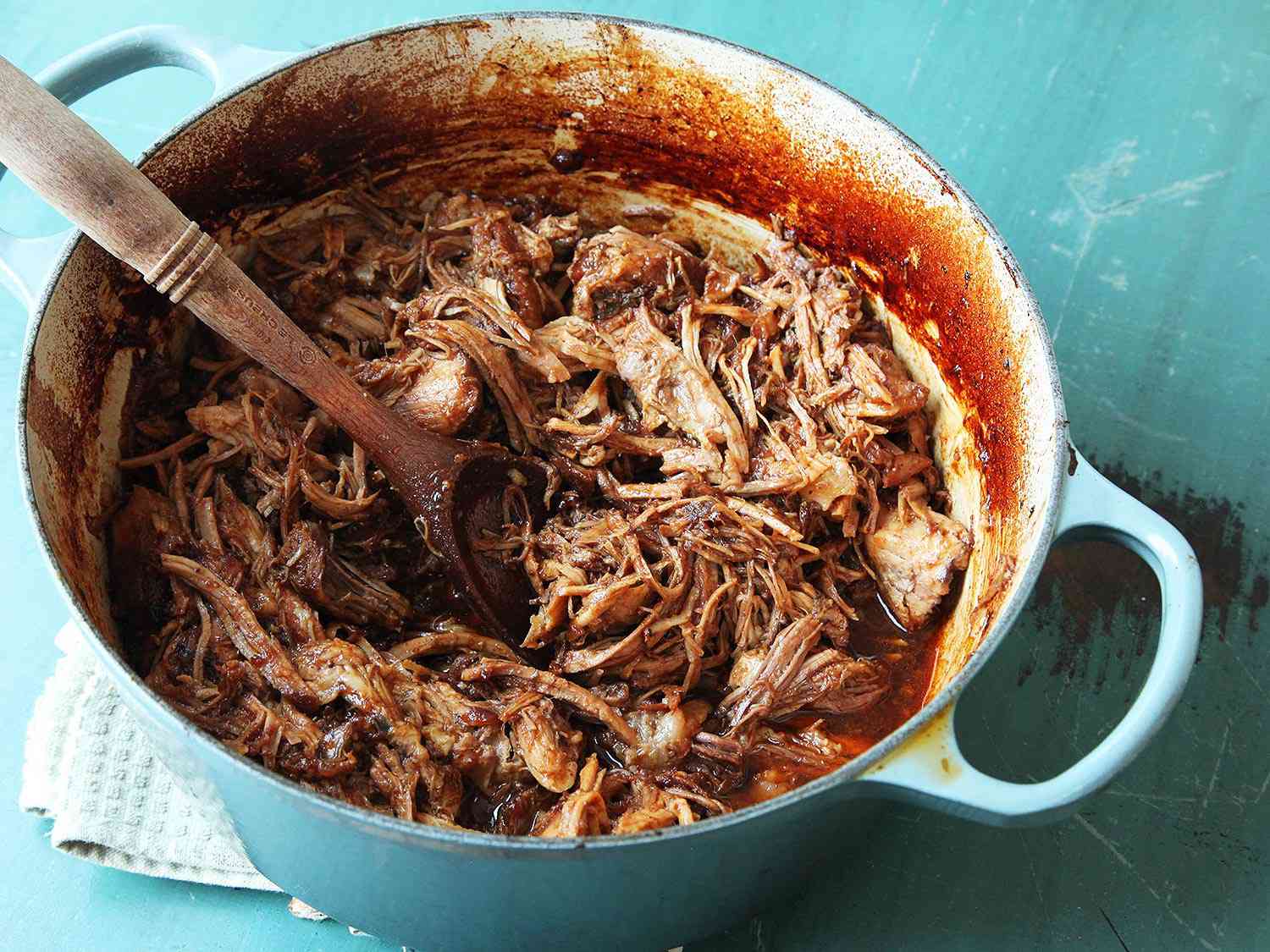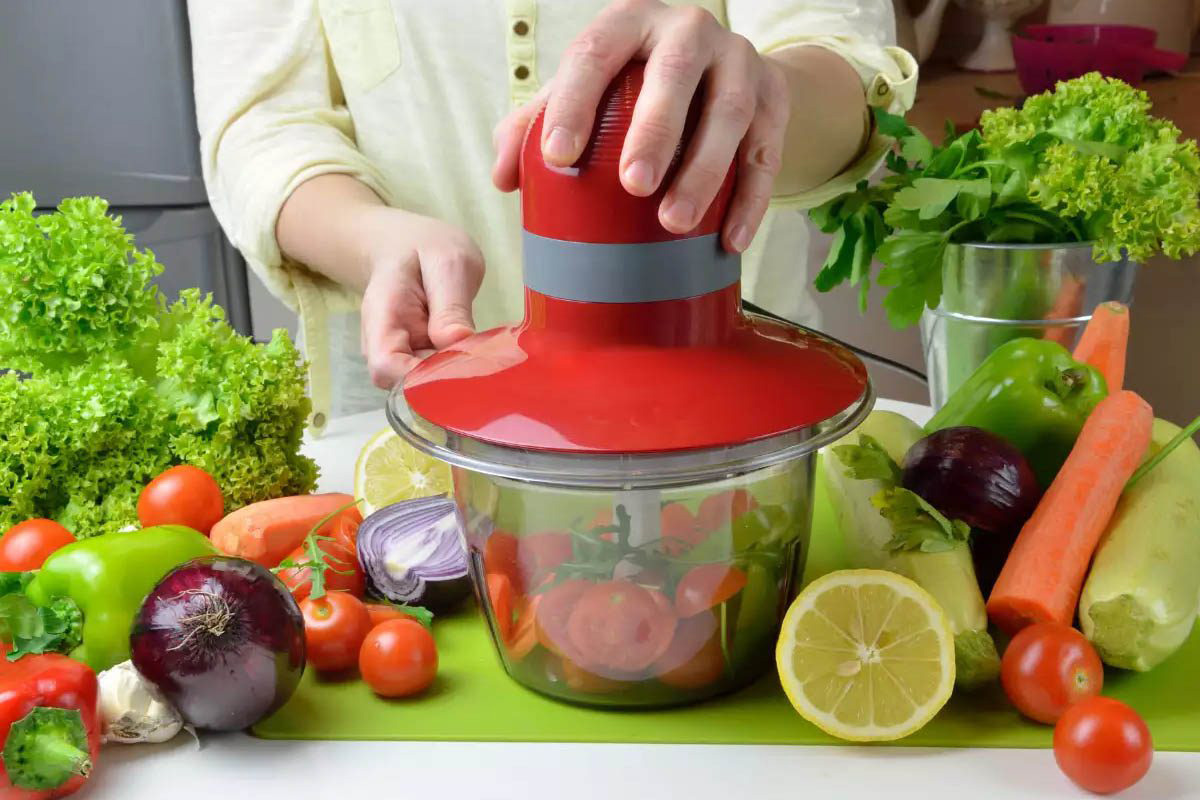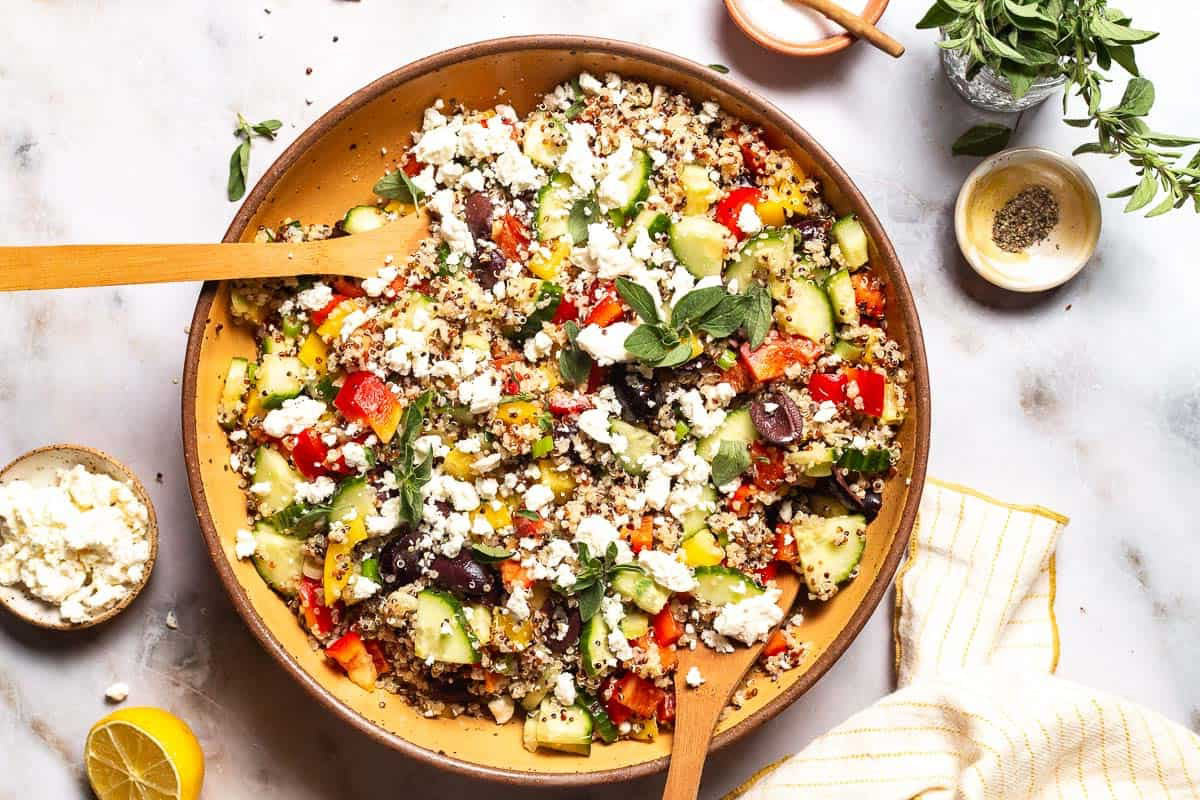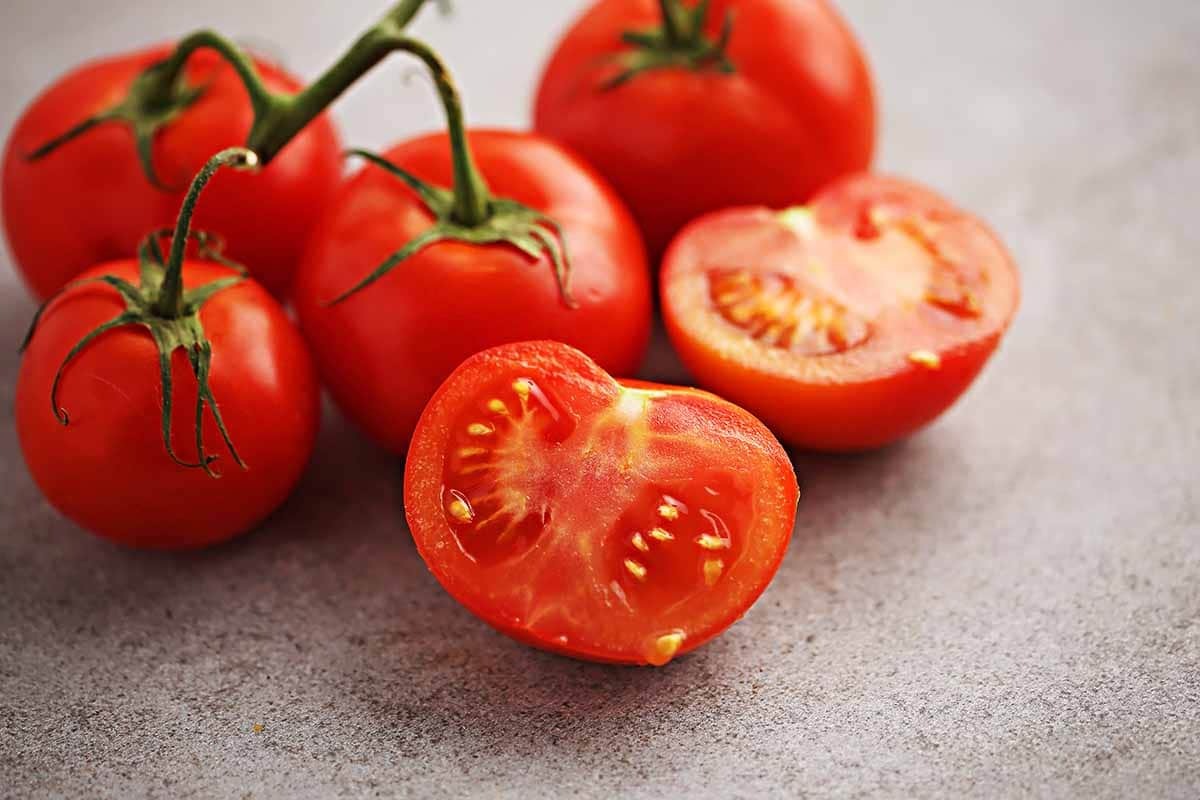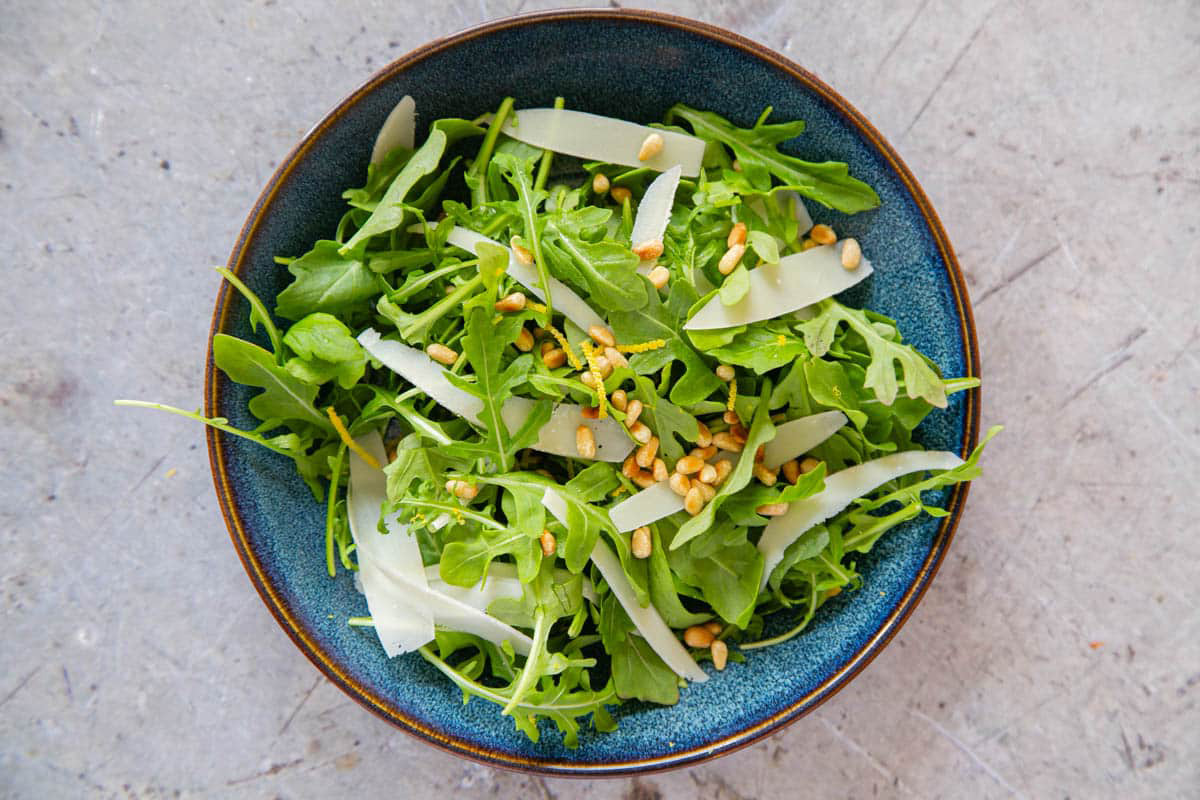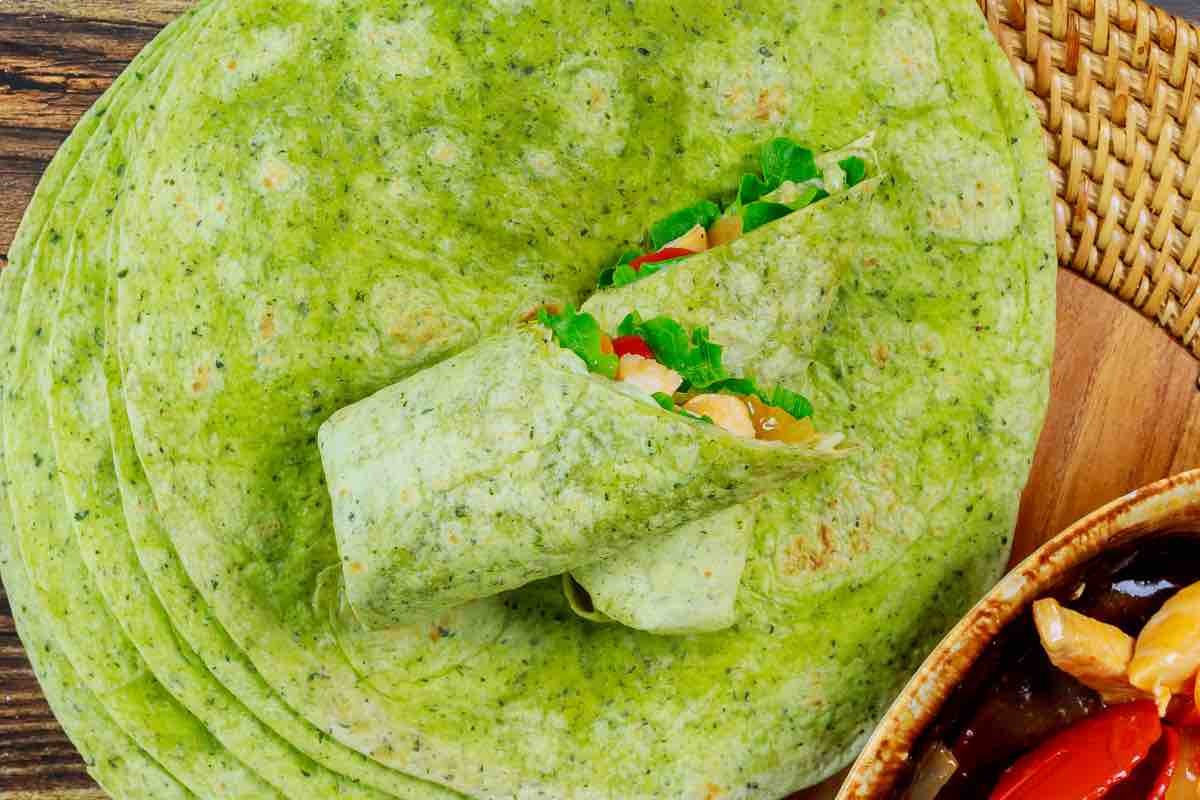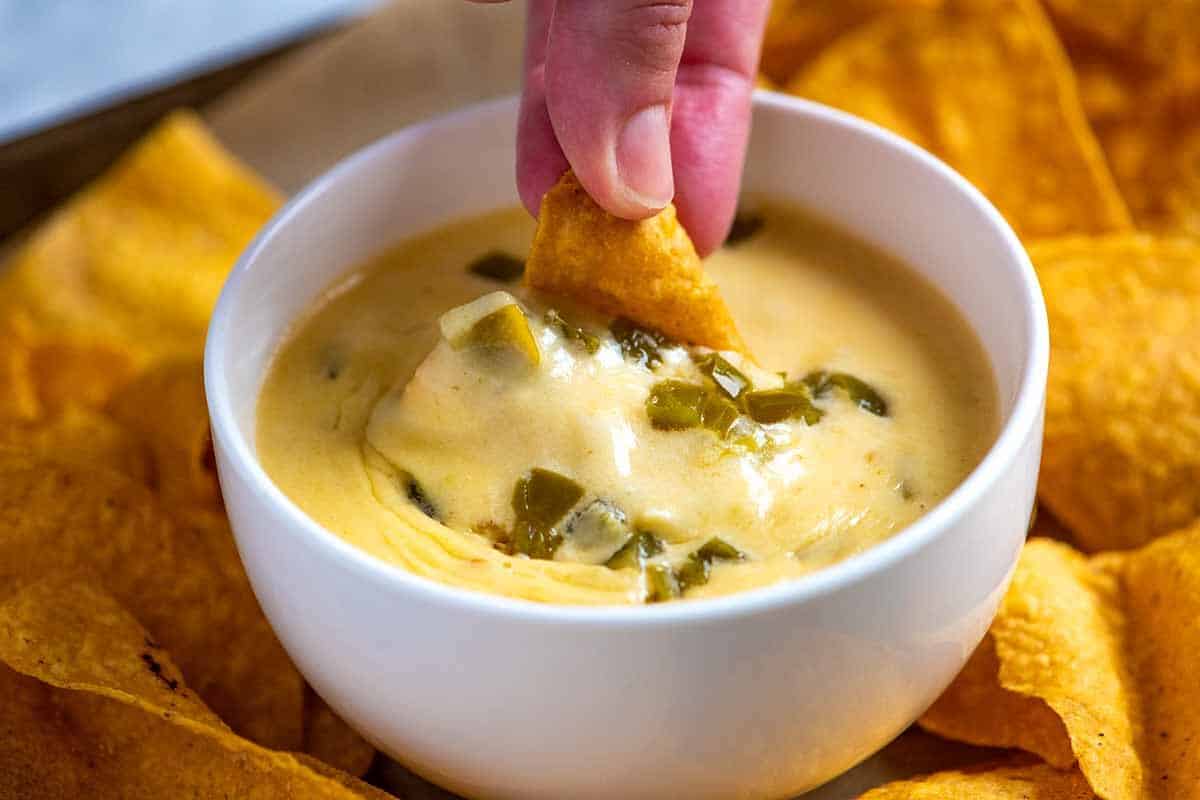Understanding the Delightful Dish of Korma
When it comes to indulging in the rich and flavorful world of Indian cuisine, one dish that stands out is Korma. This delectable dish is a true representation of the diverse and aromatic flavors that Indian food is known for. Let’s take a closer look at what Korma is and why it has become a beloved culinary delight around the world.
What is Korma?
Korma is a traditional Indian dish that is made with meat or vegetables, cooked with a mixture of yogurt, cream, and a blend of aromatic spices. The dish is known for its creamy texture and rich flavor profile, making it a favorite among food enthusiasts.
The Origins of Korma
The origins of Korma can be traced back to the Mughal era in the Indian subcontinent. The Mughals, known for their love of rich and flavorful food, introduced the art of slow cooking and the use of aromatic spices to Indian cuisine. Korma was born out of this culinary influence and has since evolved into various regional variations, each with its own unique twist on the classic dish.
Key Ingredients
While the exact ingredients used in Korma can vary depending on regional and personal preferences, there are some key components that are essential to creating the dish’s signature flavor:
- Meat or Vegetables: Korma can be made with a variety of meats such as chicken, lamb, or beef, as well as with vegetables like potatoes, cauliflower, or peas.
- Yogurt and Cream: These dairy products are used to create the creamy base of the dish, adding richness and depth to the flavor.
- Aromatic Spices: A blend of spices such as cardamom, cinnamon, cloves, and nutmeg are used to infuse the dish with a warm and fragrant aroma.
- Nuts and Dried Fruits: Ingredients like almonds, cashews, and raisins are often added to Korma to provide a subtle sweetness and textural contrast.
Flavor Profile
One of the defining characteristics of Korma is its luxurious and complex flavor profile. The combination of creamy dairy, aromatic spices, and tender meat or vegetables creates a dish that is both comforting and indulgent. The subtle sweetness from the addition of nuts and dried fruits adds another layer of depth to the overall taste experience.
Regional Variations
As with many traditional dishes, Korma has evolved into various regional variations, each with its own unique twist on the classic recipe. In Northern India, you may find a rich and hearty Mughlai Korma, while in the South, a lighter and coconut-based variation is popular. The use of local spices and cooking techniques further adds to the diversity of Korma across different regions.
Serving Korma
Korma is typically served with fragrant basmati rice or warm, flaky naan bread. The creamy texture of the dish pairs perfectly with the light and fluffy rice, while the naan provides a delightful contrast in texture. Garnishes such as fresh cilantro, sliced almonds, or a drizzle of cream are often added to enhance the visual appeal of the dish.
Conclusion
With its rich history, diverse regional variations, and luxurious flavor profile, Korma has rightfully earned its place as a beloved dish in Indian cuisine. Whether you’re a fan of meat or prefer a vegetarian option, Korma offers a delightful culinary experience that is sure to leave a lasting impression.
So, the next time you’re craving a taste of India, consider indulging in the creamy and aromatic delight that is Korma.
Was this page helpful?
Read Next: What Is Japanese Milk Bread
